Author: Delaney Cohn
-
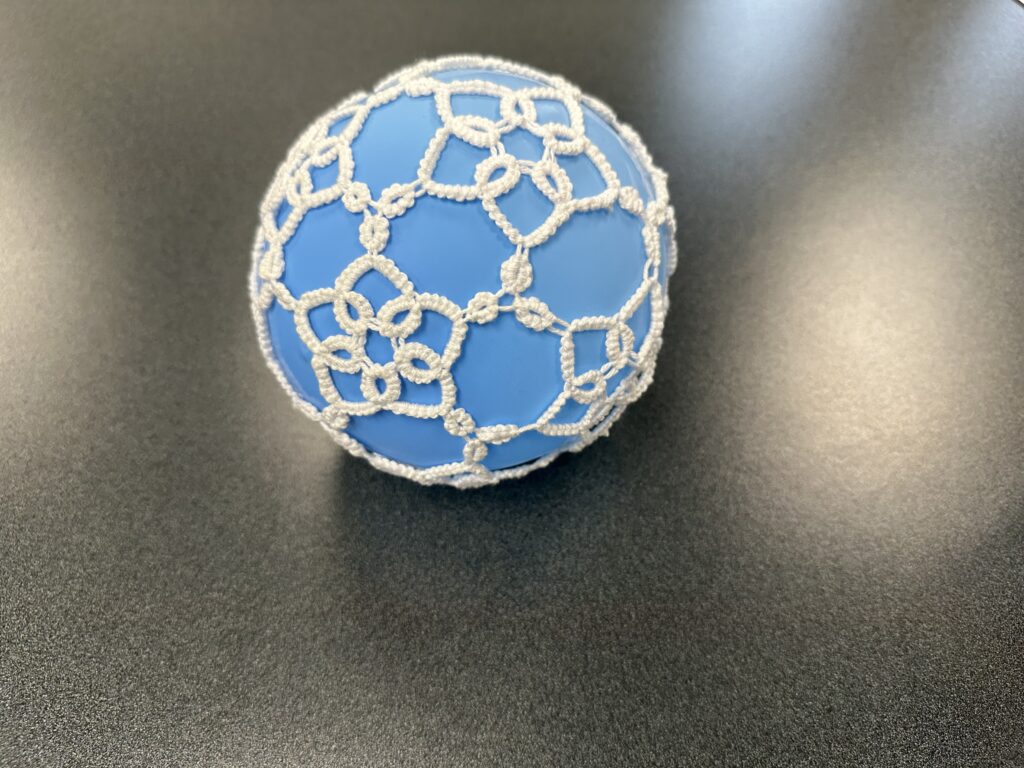
Making Math with Delaney
Throughout the making math class I was able to explore lots of fun math and learn new ways of creating things. For my first project I learned about hexaflexagons and I made one out of fabric with Linna. I practiced using a sewing machine and I used the makerspace for the first time! The second…
-
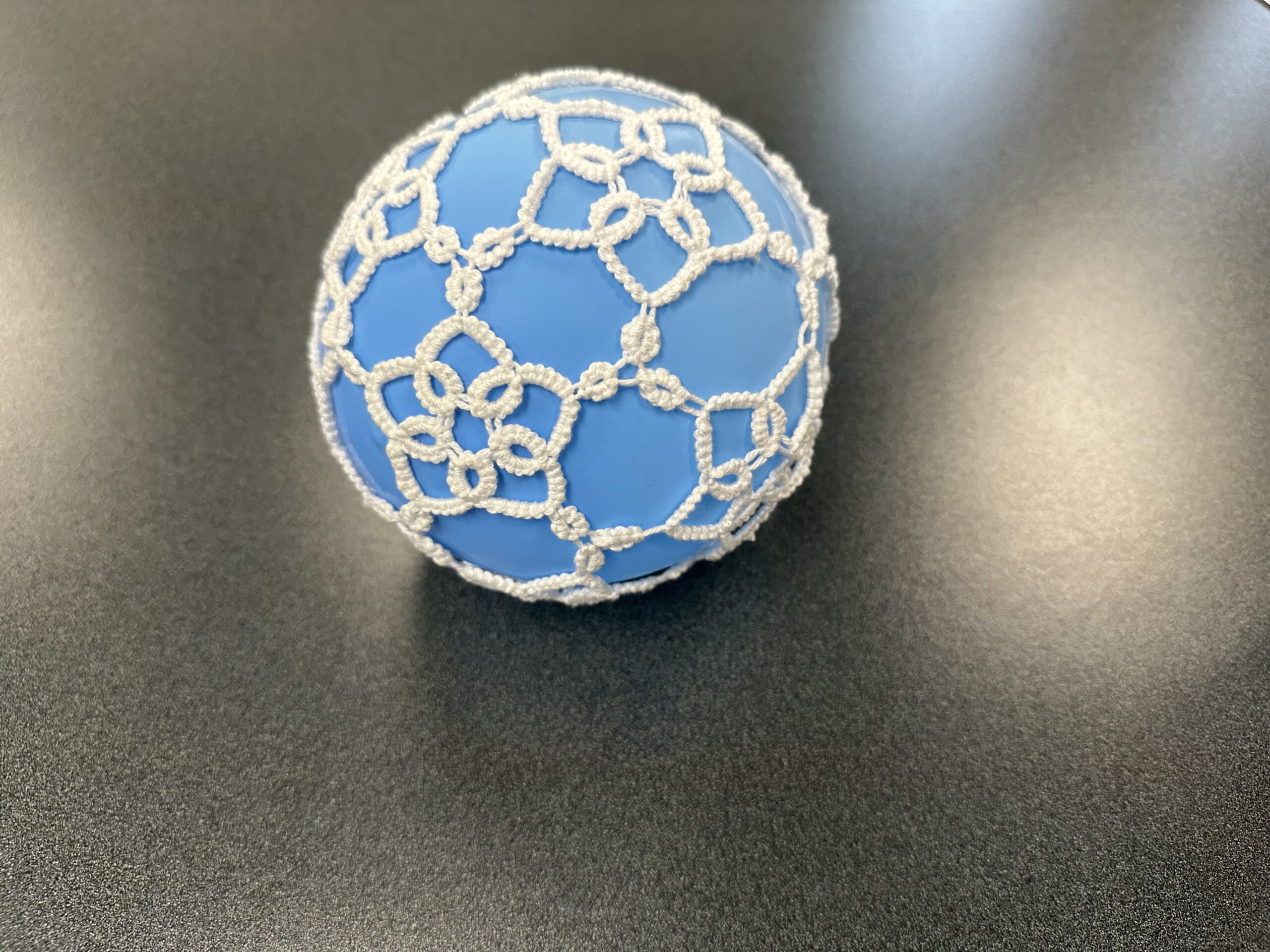
Lace Dodecahedron
Platonic solids are shapes “whose faces are all identical, regular polygons meeting at the same three-dimensional angles” (Britannica). For this project I decided to explore making Platonic solids using tatting. Tatting is a way to make lace by repeatedly tying two strings into knots. At first I learned how to make chains and rings. I…
-

Fibonacci Mosaic Tilings
For project 2, Delaney and I created the f4 and f5 tilings using mosaics! Deciding on Material Originally, we had planned to use dominoes and trominoes to represent the Padovan sequence. We wanted to use clay to create the tiles and 3D print a tray at a specific length n to hold the tiles. After…
-
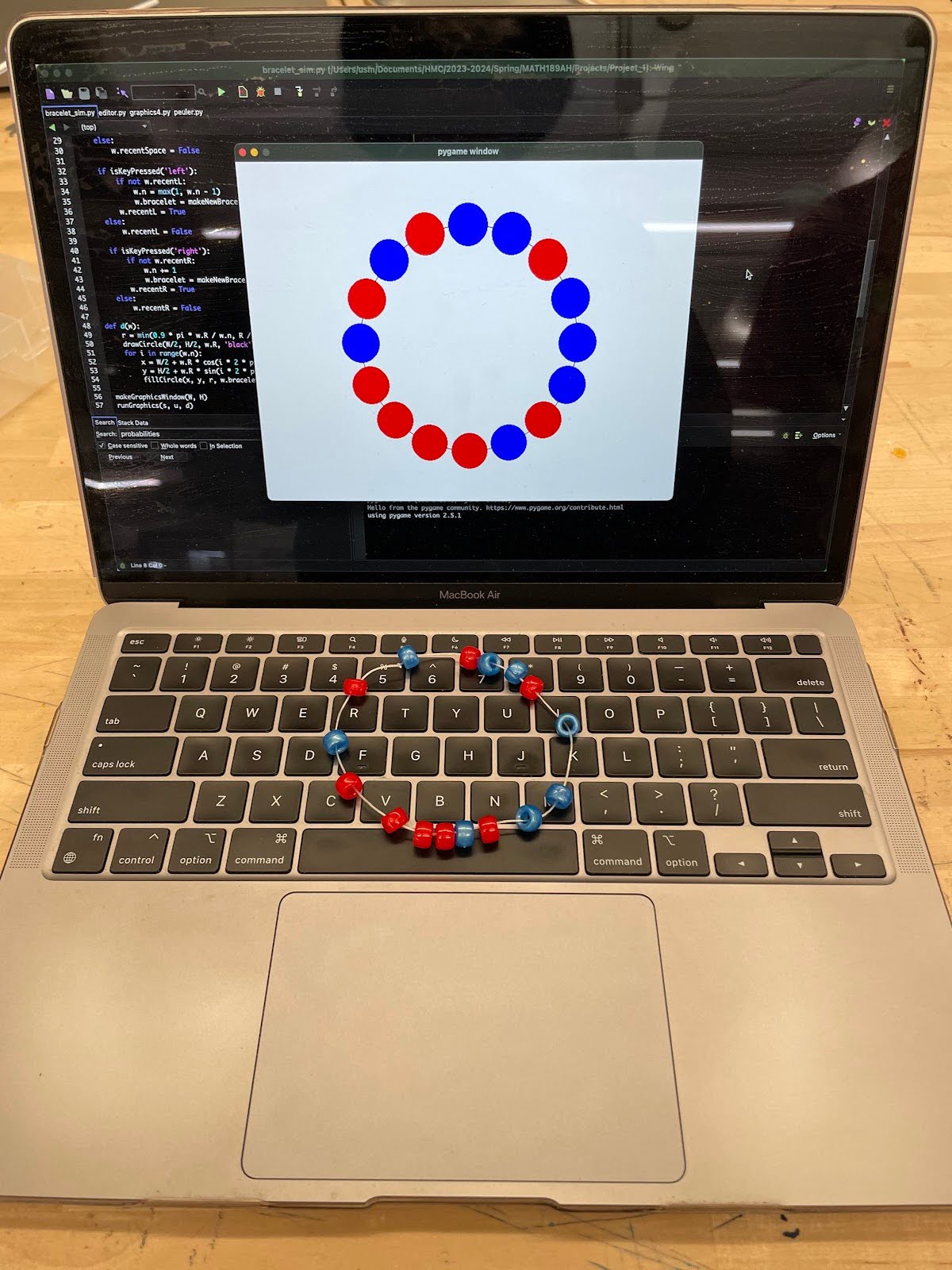
Probabilistic Bracelet Making!
For our project we represented different probability distributions using beaded jewelry. We wrote some code to generate bracelet layouts for us, so all we needed to do was to actually assemble the bracelets. We initially made a test bracelet together. We tied elastic string in a knot. We then decided to try making more sophisticated…
-
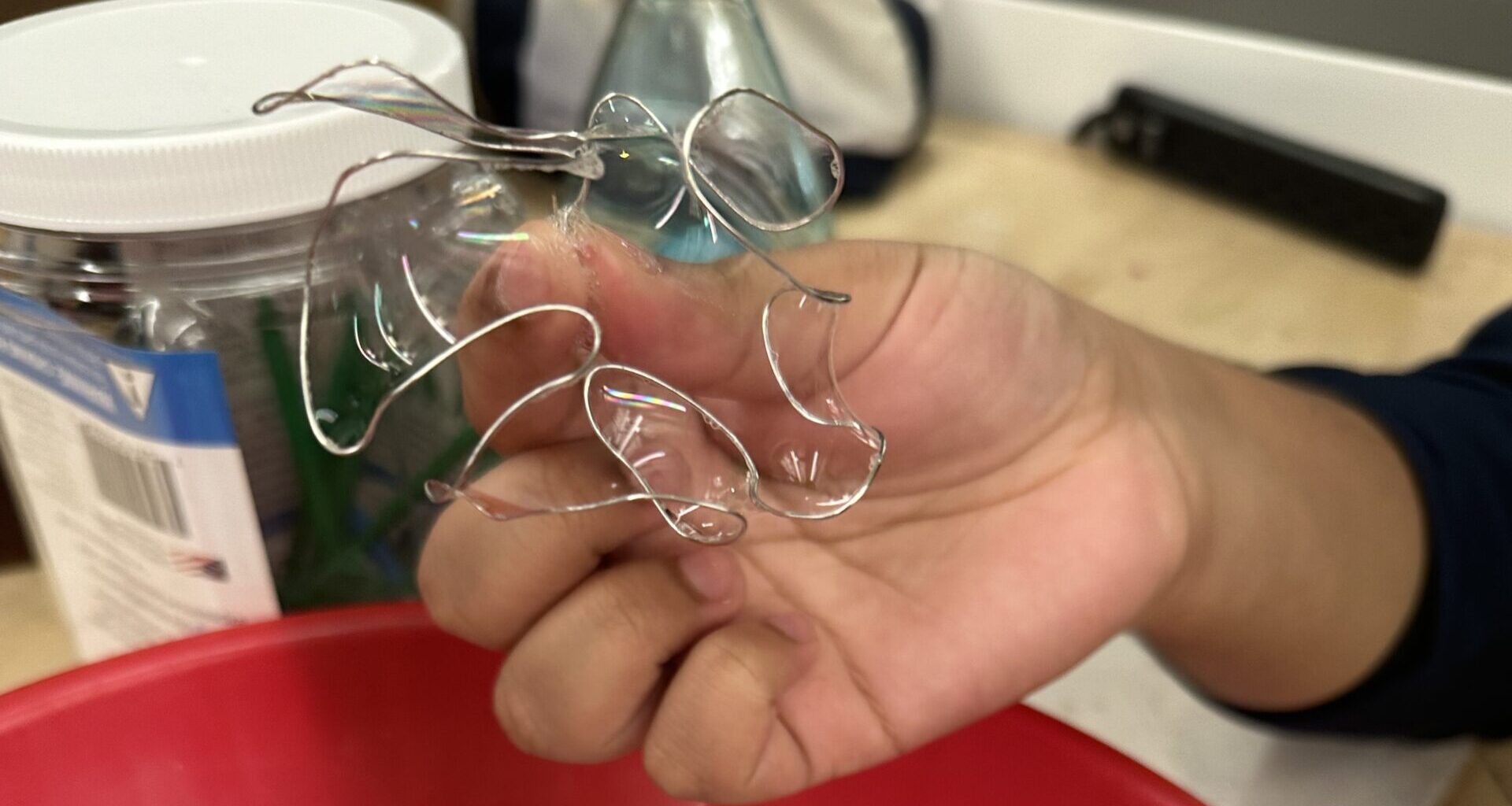
Revisiting Hexaflexagons and Minimal Surface Bubbles
Surface Minimizing Bubbles The Math Behind Surface Minimizing Bubbles: As mentioned in the previous blog post bubbles find the minimum surface bounded by a shape. A minimal surface is defined as “having a total curvature equal to zero in every point.” However if air gets trapped in the bubble, the bubble will no longer have…
-
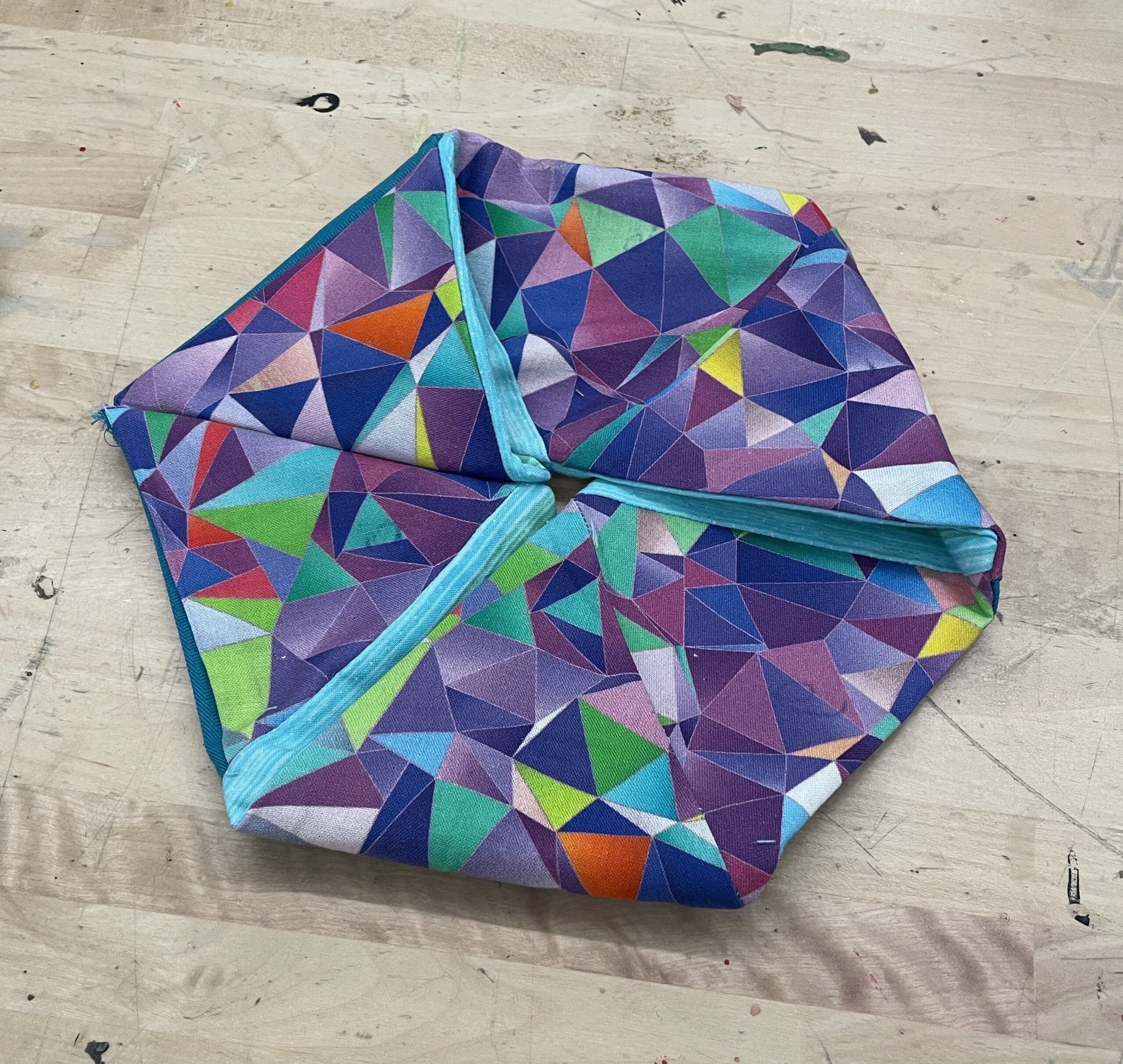
Making a Fabric Hexaflexagon
First, it seems prudent to introduce the concept of a “flexagon” itself. According to Wikipedia, flexagons are, “…flat models… that can be flexed or folded in certain ways to reveal faces besides the two that were originally on the back and front.” The hexaflexagons we’re interested in are actually trihexaflexagons- named as such due to…
-
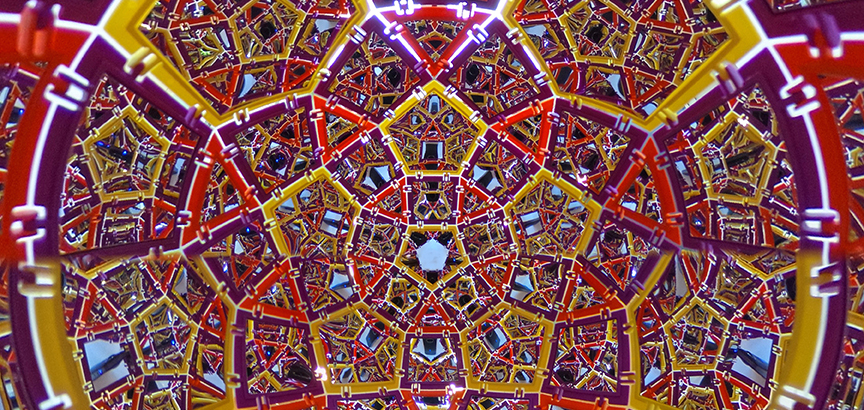
Potential Mathematical Making Projects
Project Idea: Make a Hexaflexagon First, it seems prudent to introduce the concept of a “flexagon” itself. According to Wikipedia, flexagons are, “…flat models… that can be flexed or folded in certain ways to reveal faces besides the two that were originally on the back and front.” The hexaflexagons we’re interested in are actually trihexaflexagons-…